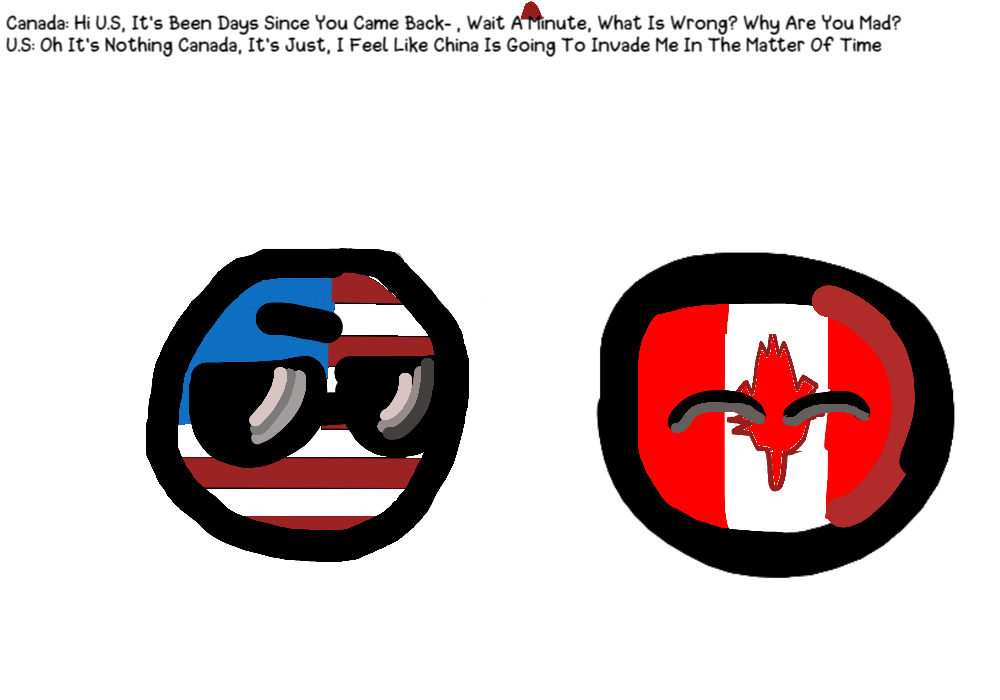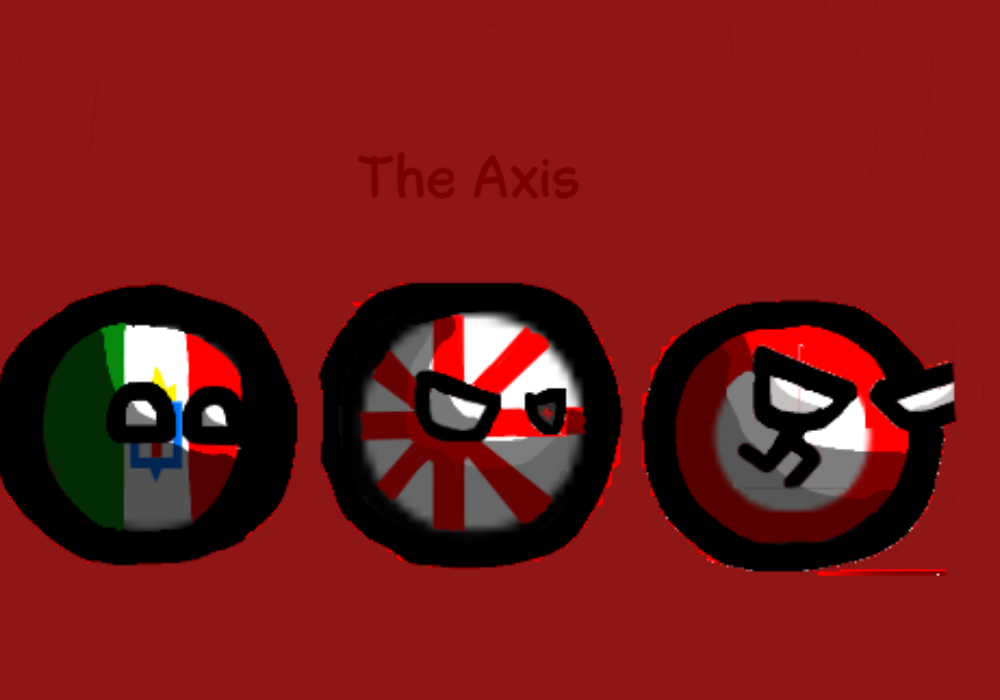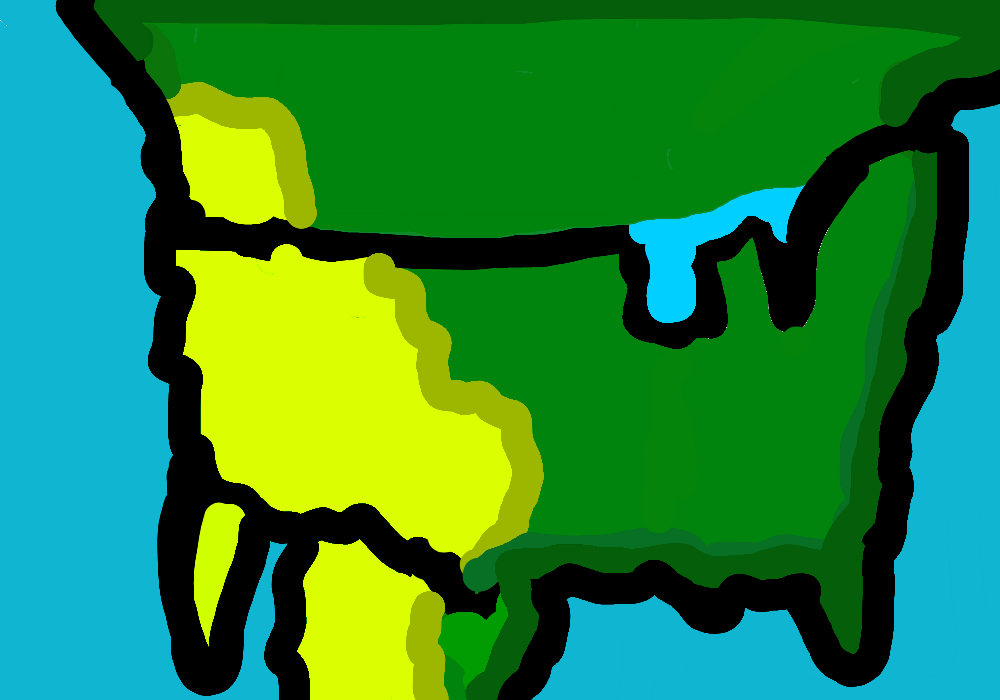
@Justin14
52 followers
161 following
The Flag of UK (United Kingdom
The history of the United Kingdom is a fascinating tale of political unions, transformations, and global influence. Let’s delve into some key moments:
Treaty of Union and Acts of Union (1707):
The core of the United Kingdom as a unified state emerged in 1707 when the kingdoms of England and Scotland joined forces politically.
This union gave birth to a new unitary state called Great Britain.
Historian Simon Schama described this transformation as “one of the most astonishing” in European history1.
Act of Union 1800:
In 1801, the Kingdom of Ireland was added to create the United Kingdom of Great Britain and Ireland.
The early decades saw Jacobite risings, but the defeat of the Stuart cause at the Battle of Culloden in 1746 solidified the union.
The Seven Years’ War victory in 1763 fueled the growth of the First British Empire.
French Revolution and Napoleonic Era (1793–1815):
The French Revolution and its aftermath posed a significant threat.
British elites formed coalitions that ultimately defeated Napoleon in 1815.
Political leaders like Palmerston, Disraeli, Gladstone, and Salisbury shaped the 19th century.
Victorian Era (1815–1914):
Culturally, this period was marked by prosperity and dominant middle-class virtues.
Britain held sway over the world economy and maintained relative peace.
The First World War (1914–1918), fought alongside France, Russia, and the United States, was a successful total war against Germany.
Decline and Transformation:
While the British Empire remained strong, the industrial base lagged behind Germany and the United States.
Sentiments for peace led to appeasement of Hitler’s Germany in the late 1930s, until the Nazi invasion of Poland triggered the Second World War1.
In summary, the United Kingdom’s history is a tapestry of political unions, global influence, and pivotal moments that shaped the modern world.
Treaty of Union and Acts of Union (1707):
The core of the United Kingdom as a unified state emerged in 1707 when the kingdoms of England and Scotland joined forces politically.
This union gave birth to a new unitary state called Great Britain.
Historian Simon Schama described this transformation as “one of the most astonishing” in European history1.
Act of Union 1800:
In 1801, the Kingdom of Ireland was added to create the United Kingdom of Great Britain and Ireland.
The early decades saw Jacobite risings, but the defeat of the Stuart cause at the Battle of Culloden in 1746 solidified the union.
The Seven Years’ War victory in 1763 fueled the growth of the First British Empire.
French Revolution and Napoleonic Era (1793–1815):
The French Revolution and its aftermath posed a significant threat.
British elites formed coalitions that ultimately defeated Napoleon in 1815.
Political leaders like Palmerston, Disraeli, Gladstone, and Salisbury shaped the 19th century.
Victorian Era (1815–1914):
Culturally, this period was marked by prosperity and dominant middle-class virtues.
Britain held sway over the world economy and maintained relative peace.
The First World War (1914–1918), fought alongside France, Russia, and the United States, was a successful total war against Germany.
Decline and Transformation:
While the British Empire remained strong, the industrial base lagged behind Germany and the United States.
Sentiments for peace led to appeasement of Hitler’s Germany in the late 1930s, until the Nazi invasion of Poland triggered the Second World War1.
In summary, the United Kingdom’s history is a tapestry of political unions, global influence, and pivotal moments that shaped the modern world.
Other Minitoons by @Justin14









































































































